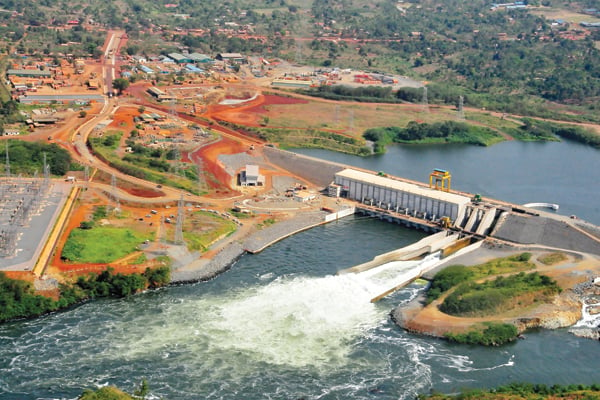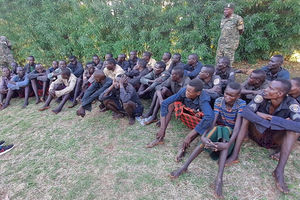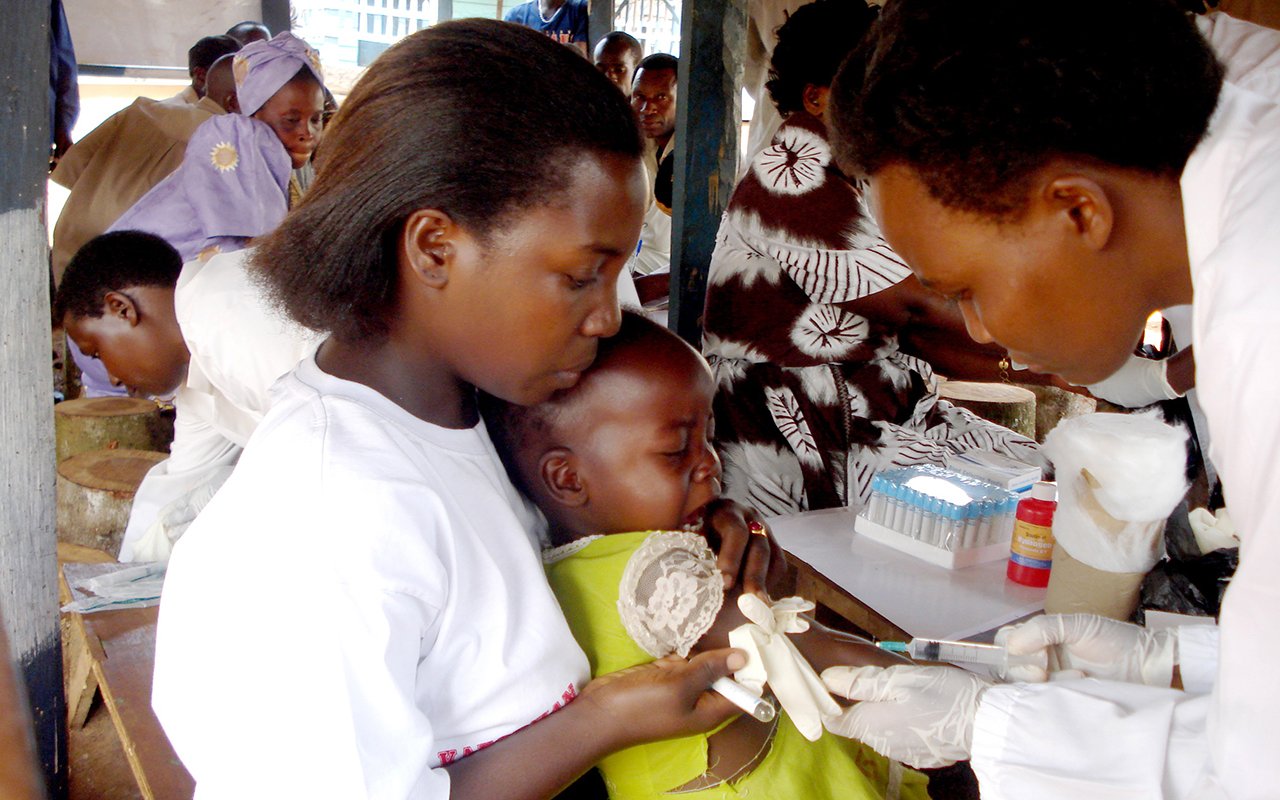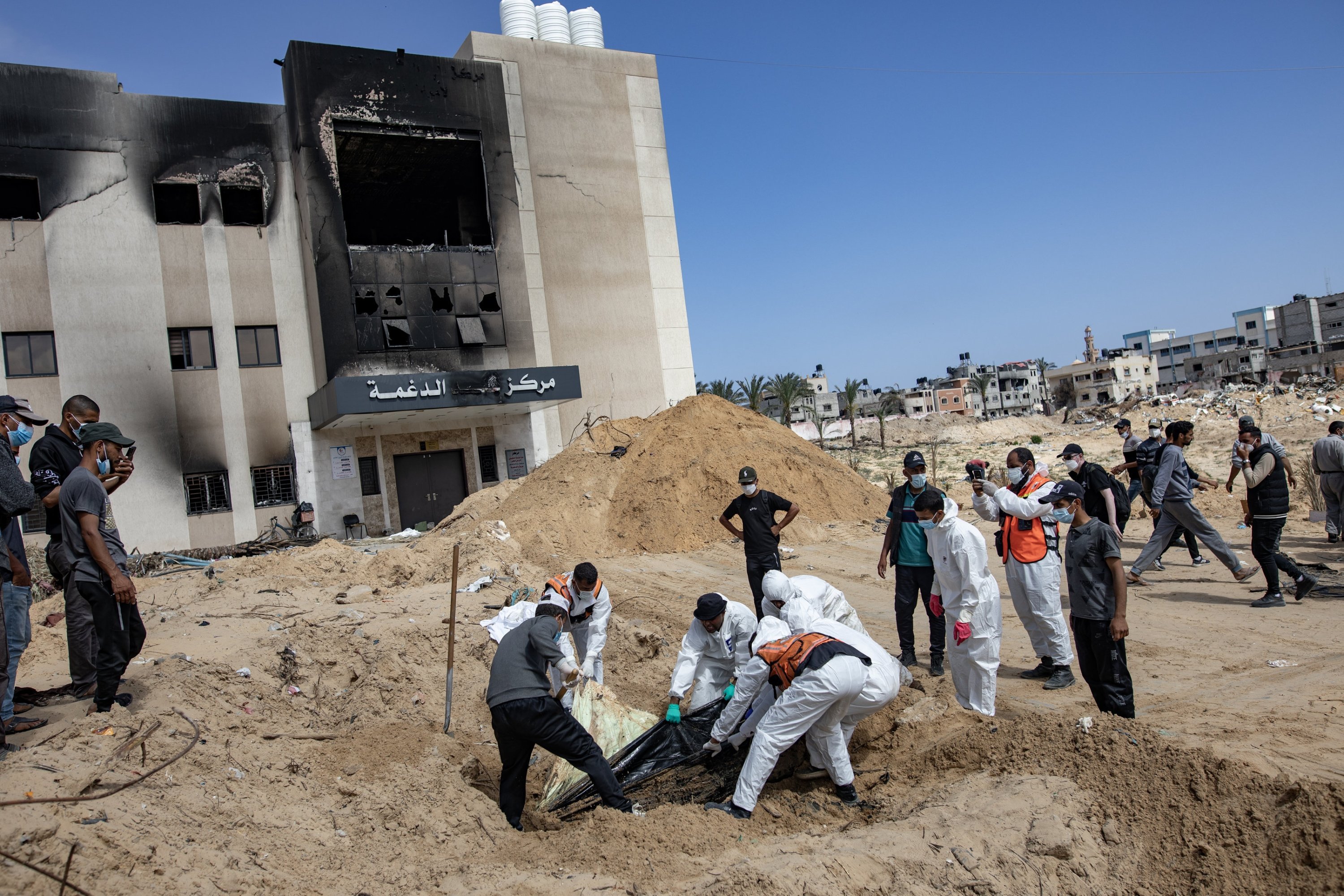Where has Uganda’s borrowed money gone?

The loans have been invested in transmission lines, the Karuma and Isimba hydropower projects, oil roads, Kabaale International Airport, expansion of Entebbe International Airport and Irrigation schemes, among others, which government says has translated into economic growth.
What you need to know:
- The loans have been invested in transmission lines, the Karuma and Isimba hydropower projects, oil roads, Kabaale International Airport, expansion of Entebbe International Airport and Irrigation schemes, among others, which government says has translated into economic growth.
Twenty years after Uganda benefited from a $656 million (Shs2.3 trillion) debt relief in 2000, the government today finds itself in a deeper hole of debts, struggling to pay creditors in the midst of a pandemic, emerging spending pressures and contracted domestic revenues.
The authorities, with approvals from Parliament, have over the years gone on a spending spree, tapping both international markets and sovereign lenders to finance massive infrastructure projects such as hydropower dams, roads, oil and gas projects.
In 2000, Uganda qualified for debt relief assistance, equivalent to a 38 per cent reduction in the country’s outstanding stock of debt.
Currently, Uganda is indebted to a tune of Shs66 trillion and is considering negotiations with its creditors such as the Exim Bank of China, the World Bank, the International Monetary Fund (IMF), and other multinational lenders.
But where has the money gone?
Outlining some of the major projects that were undertaken by the government in an interview with Daily Monitor yesterday, Mr Moses Zziwa, the acting Commissioner, Debt Policy and Issuance Department at the Ministry of Finance, listed some of the flagship projects that have been financed by the government.
The projects include transmission lines, the Karuma Hydropower project, Isimba Hydropower project, oil roads, Kabaale International Airport, expansion of Entebbe International Airport and Irrigation schemes, among others.
He said the perennial revenue shortfalls in the government finances, coupled with additional expenditure requirements to support government’s economic and health response to Covid-19, ‘necessitated higher than anticipated borrowing’.
“Increase in the pace of borrowing has increased the risks and vulnerabilities associated with the debt sustainability. In the next few years, public debt is projected to increase mainly on account of the need to implement NDP III and programmes outlined in the NRM manifesto,” Mr Zziwa said.
He added: “There is also the need to finance key infrastructure projects such as the Standard Gauge Railway, the East African Crude Oil Pipeline and the Oil refinery, among others, especially in the transport and oil and gas sectors,” he said.
This was collaborated by Mr Jim Mugunga, the Ministry of Finance spokesperson, who stressed that the government took a deliberate decision to invest in the infrastructure sector that would translate into the country’s economic growth.
He said most loans have been spent as planned by the government.
“Government made it a priority to heavily invest the money accrued from debt into infrastructure, both in the medium and long- term. This, we believe, will eventually trigger economic recovery. Although the returns may not be immediate, we are convinced that in the long-run the benefits from this will be obvious,” Mr Mugunga said.
He and other technocrats in the ministry, explained that years of President Museveni’s strategic investments are reflected in the increasing power generation in the country, with a surplus of more than 600 MegaWatts.
“Heavy investment in utility explains why we now have a lot of power being generated from our dams that we have built and continue to build so as to make sure that we are power secure. This will spur industrialisation and as a result, our production of goods and services will increase, all speaking to import substitution agenda, something we are passionate about,” Mr Mugunga said.
The State Minister for Planning, Mr David Bahati, told Daily Monitor that all the borrowed funds have been deployed to strategic areas of the economy to spur growth and productivity.
The minister named key sectors such as the oil and gas and transport to enable Ugandans recover from the economic shocks that were occasioned by the deadly Covid-19.
“The areas of investments are well spelt out in our development plans. We have a debt management policy and a zero tolerance to corruption. The Auditor General has also audited all the loans Parliament has approved. There is value for money and the situation is improving the challenges notwithstanding,” Mr Bahati said.

Public Debt Trend – Uganda Vs SSA (2011 to 2021)
Education sector
Arising from the Highly Indebted Poor Countries (HIPC) Initiative spearheaded by IMF and the World Bank, Mr Julius Kapwepwe, a director at Uganda Debt Network explains how.
Uganda got resources for kick-starting and financing UPE programme in 1997 as a strategic intervention for quality human capital development,
This window of government financing using locally generated revenues, grants and strategic loans enabled primary school enrollment from 3.1 million pupils in 1997 to 7.4 million in 2010 and 10.7 million pupils in 2020 just before the Covid-19 related economic lockdown.
As such, Mr Kabwepwe said: “Uganda’s literacy increased from 43 per cent in 1997 to 76 per cent by December 2019, obviously adding value towards the global Sustainable Development Goal 4 (on Quality of Education) that also extends to inclusive and equitable quality education, learning opportunities as aspired for by Uganda under NDP III 2021-2024/25 and the NRM Political Manifesto, challenges notwithstanding.”
The beneficiaries
According to data from the Ministry of Finance, some of the biggest beneficiaries of the debt financing are Energy, Works and Water sectors, among others.
Explaining the debt servicing dilemma, Mr Mugunga told Daily Monitor that whereas it is true that debt must be serviced as and when it accrues, it is not abnormal for some debts to be serviced in next financial year because all of them cannot be dealt with at the same time.
The option to delay servicing is to relieve stress on the budget. And all channels are being explored to ensure that we service our debt as and when is due.
“Indeed, these investments are stretching the budget and the spending have increased, but going forward, we will reap the benefits,” he said.
The situation
Over the years, government has continued to borrow to fund infrastructure projects, which have attracted heavy costs.
Some of the signature infrastructure projects include Karuma Dam at $1.7 billion, Bujagali Dam at $862 million, Kampala-Entebbe Express Way at $476 million and a host of others that have piled huge debt pressure on to the country.
While all this is going on, a number of loan requests are queued before the Parliament, awaiting approval, which will send the debt to GDP ratio to 51.9 in the next financial year.
Already, government has planned to borrow Shs600b domestically, in addition to what is expected from foreign multilateral and bilateral lenders.
The big infrastructure projects funded by loans
- Karuma Dam $1.7 billion (Exim Bank)
- Isimba Dam $570 million (Exim Bank)
- Bujagali Dam $862 million (International Finance Corporation and others)
- Entebbe–Kampala Expressway $476 million (Exim Bank )
- Vurra-Koboko-Oraba Road $52.8 million (World Bank)
- Kampala Northern Bypass Highway €67.4 million (EU)
- Hoima–Butiaba–Wanseko Road - $179.5 Million African Development Fund
- Kabale–Kisoro–Bunagana Road -$107 million (African Development Bank)
- Fort Portal–Bundibugyo–Lamia Road - Shs217.8 billion (ADB)
- Gulu–Nimule Road - $102 million (JICA, World Bank)
- Masaka–Bukakata Road - $70 million (OPEC)
- Rukungiri–Kihihi–Ishasha–Kanungu Road - $57 million (ADB)
- Ntungamo–Mirama Hills Road - $22 million (Trade Mark East Africa, Uganda)
- Kayunga–Galiraya Road - ADB
- Bumbobi–Bubulo–Lwakhakha Road - $42 million ADB
- Nyakahita–Kazo–Kamwenge–Fort Portal Road Shs300b (ADB)
- Kigumba–Masindi–Hoima–Kabwoya Road - $150 million (ADF)
- Kyenjojo–Kabwoya Road - $145 million (World Bank)
- Mbarara–Ntungamo–Kabale–Katuna Road - €116 million (EU)
- Soroti–Dokolo–Lira Road - Shs153.1 billion (World Bank, Uganda)
- Kapchorwa–Suam Road - $105.76 million (ADB, ADF)
- Muyembe–Nakapiripirit Road - $114.12 million (Islamic Development Bank)
- Kampala–Mpigi Expressway - $150 million (Africa Development Bank)
- Guarantee for credit lines to Uganda Development Bank- $15 million (African Development Bank (AfDB)
- Support the Uganda Intergovernmental Fiscal Transfers Programme (UgIFT)- $200 million (International Development Association (IDA) of the World Bank Group.
- Balance of Payments and Budget Support - $491.5 million (IMF)
- Upgrading and construction of national oil roads- $456.3 million (Exim Bank)
- Uganda irrigation development and climate resilience project-$195 million from IDA
- Irrigation schemes across the country- €101.8 million from UK Export Finance Facility
- Upgrading of Rwekunye-Apac-Lira-Acholibur road- $210 million (Islamic Development Bank)
- Entebbe International Airport Expansion- $200 Exim Bank.
- Loan to mitigate negative effects of Covid-19 on the economy- $300 million (World Bank)
- Construction and equipping of an oncology and diagnostic centre in Gulu District- Shs31b (UNICREDIT Bank of Austria)
- Financing budget deficit for the financial year 2020/202- $600m (IMF)
- Installing solar powered water pumping systems for lowest safe water coverage- Shs111b (Exim Bank)
- Support irrigation for the climate-resilient project- Shs628b ( International Development Association (IDA)
- Kabaale International Airport-$318m from the UK Export Finance
- Uganda Rural Electricity Access- Shs4.2b from ADB
-
![]()
- other projects
- • Farm income enhancement 2 - Shs46.4b from ADB
• Markets and trade improvement - Shs24.8b from ADB
• Rural electrification project shs136.4 From afd
• Inland port at Bukasa Shs28.8 billion from AKA
• Four Industrial parks 131.4 billion from Exim China
• National transport backbone 3- Shs57.2b from Exim China
• One regional comm infrastructure 5- Shs40.8 billion from IDA
• Additional finance to E.A. Public health- Shs14.5 billion from IDA
• Development response to displacement- Shs58 billion from IDA
• NUSAF- Shs275.4 billion from IDA
• Energy for rural transformation- Shs45.6 billion from IDA
• Skills development project Shs42.1b from IDA
• Agriculture Cluster Development Project- Shs49.4 billion from IDA
• Grid rural electrification-Shs26.1 billion from IDB
• Mirama-Kabale transmission lines- Shs25.4 billion from IDB
• Restoration of livelihood - Shs30.9b from IFAD
• Profila- Shs46.5 billion from IFAD
Procurement of earth moving equipment- Shs367.3 billion from JBIC
• Kayunga, Yumbe hospitals-Shs8.6 billion from OPEC Fund
• Kayunga and Kamuli rural electrification project- Shs20.2b from OPEC Fund
• Uncommitted trade facility- Shs392.6b from PTA






